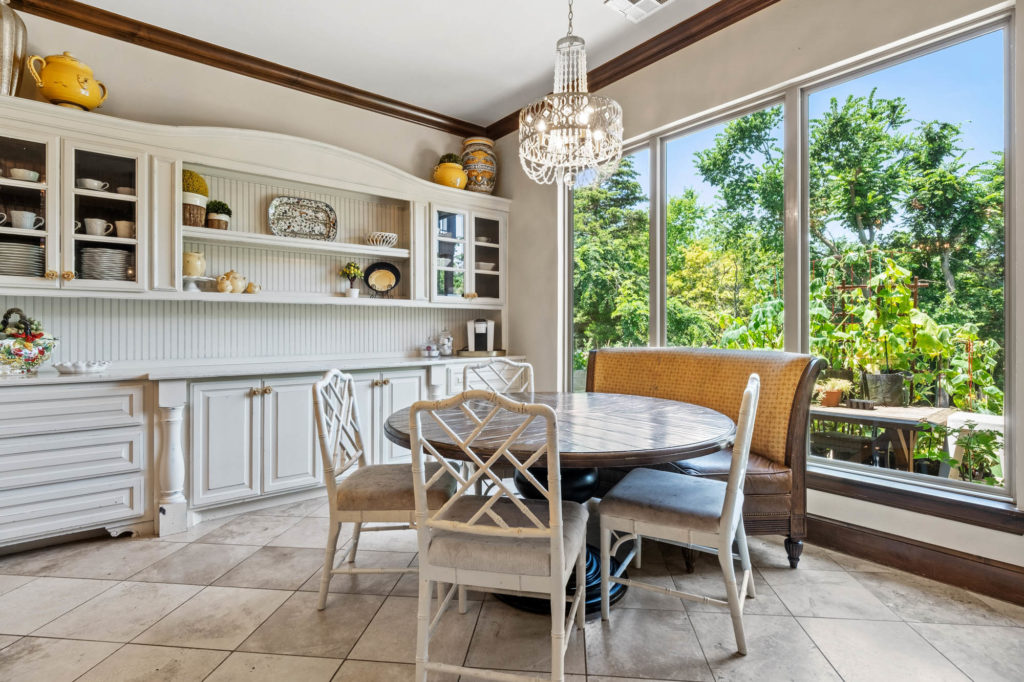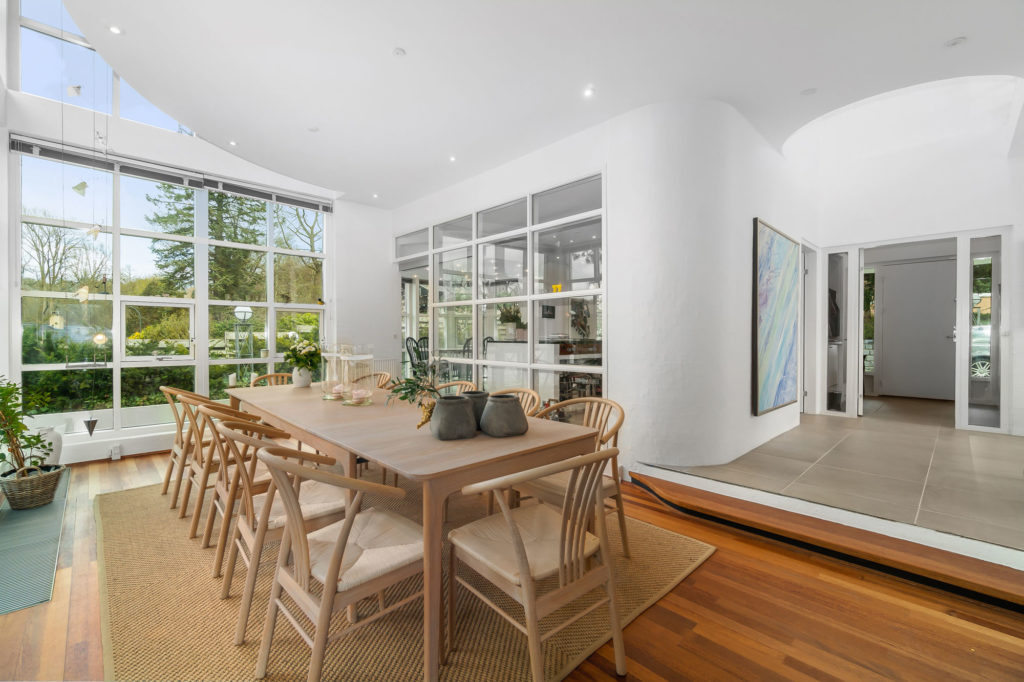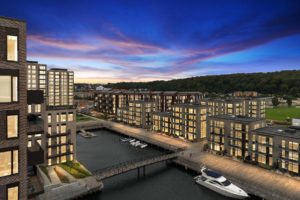Is Flambient or HDR the best real estate photography technique?
September 28th, 2021
When it comes to shooting real estate, chances are you have heard of the two most common techniques which are Flambient (Flash and Ambient) and HDR. Both can produce decent quality and captivating images.
Both techniques offer distinct advantages and they work differently for different photographers. You can always try experimenting to see what suits you best, what style you want to pursue and on which to build your signature quality.
Today we are focusing on the two aspects of creative control and editing time between auto merged HDR, manually merged HDR and Flambient to find out which is our winner.
Auto merged HDR
Auto merged HDR images are done by bringing a bracket of input photos into editing software like Aurora HDR, Adobe Lightroom, Luminance HDR and others, and running an auto HDR merge. Some photographers prefer using the Auto Merge built-in feature of Lightroom, others prefer plug-ins such as easyHDR or Photomatix Pro. There are quite a few tools for you to try and choose.
The key advantages when using these tools are quick to finish your work and ease of use. All you need is to run an auto merge on the input files, do a bit of light editing and then simply export. Fast and straightforward. You could have the images ready in a fraction of the time it takes to make all those adjustments yourself.
Sometimes, you might go the extra mile editing window masking or color correction, but for the sake of comparison here let’s keep it at a basic editing level.
The downside to this approach is that quality is not necessarily the highest or what you were expecting. Even with satisfactory output, it can present the “HDR” look of being over-processed, texture-flattened, unnatural, or lackluster contrast. Plus, auto merged HDR images can suffer from multiple color casts and inaccurate color rendering.
Hand blended HDR

Auto merged HDR takes all the bracketed photos and averages captured image data, which often includes unnecessary info. However, the manual blending method does eliminate that issue.
As you might expect, it takes a considerable time, but in return, the result is often closer to what you need. Although, when you shoot five brackets, you might need only two or three often producing good enough results to make a nice, merged file.
Here, the primary advantages include greater control over the look of the final image as you have a choice of which aspects and elements of each of the bracketed images to incorporate and retain, and which to eliminate from your final composite. Thus, you can achieve a more natural, less processed “looking” image in higher quality.
The minus points? Clearly, this editing process requires more time and effort to get things done well. As an almost immutable rule, the better quality image you require, the more work needed with window masking, color correction, etc. Still, you can reduce some of the editing time by utilizing a few common features and presets in the app you use.
Flambient

This is a distinctly different shooting technique that allows room for creativity and artistic exploration. You can use as many flashes and ambients as you like.
The greatest benefit of flash in real estate photography is the high accuracy of color representation. By bringing the ambient light into the room with the flash, it wipes out most color casts present in the shoot. With editing, just like manual blending, you have better control over the look of the final images and an even more natural feel thanks to the ambient layer.
The disadvantage of this method? It is usually the most time-consuming and technique demanding. You must correctly use lighting equipment for each shot, meaning you will need a bit of trial and error to get things right. And given the necessity for lighting equipment here, there is of course more gear you will need to invest in.
Featured solution: https://imagelife.app/product/image-enhancement/
So what? Flambient is the king
With all those pros and cons, we do have a winner - Flambient. This technique gives you all the merits of hand blending HDRs but with more accurate color representation thanks to the lighting/flash control. While it does take more time to shoot and produce the final composite, once you get the hang of things you will most likely find it the most appealing for you and your clients.
Finally, we would not want to sign off without noting that image quality is not the only contributing factor when it comes to choosing which technique works best for you. Realtors will normally be careless about your technique choice and never compare images like we did today. They only want the best possible images, either Flambient or HDR. As a photographer, you could experiment with different approaches and see what works best for you and your clients.
Let's stay in touch.
Subscribe and be the first to know!
[contact-form-7 404 "Not Found"]




